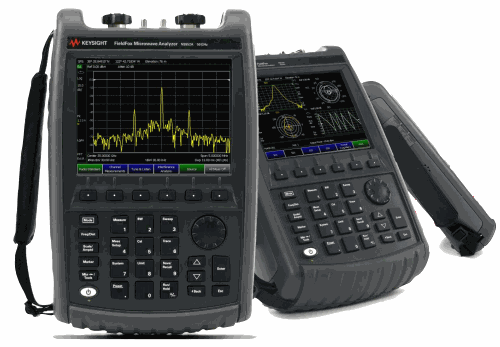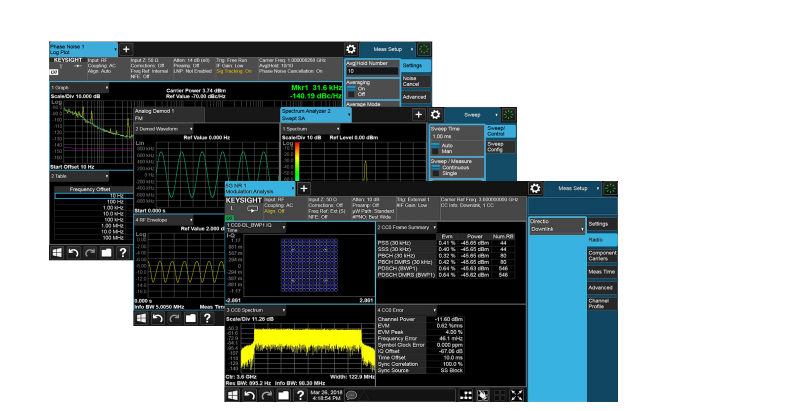Signal analyzer UNI-T
Why are signal analyzers important in measurement and R&D?
Signal analyzers play a central role in measurement and research and development (R&D). They help engineers understand signal characteristics, detect noise, distortion, or deviations in a system. This makes the process of designing, testing, and optimizing electronic products much more accurate and efficient.

When do signal analyzers often give inaccurate results?
Measurement errors are hard to avoid but usually stem from controllable situations. When using only amplitude spectrum scanning mode, the analyzer can miss or misinterpret complex modulated signals. In addition, choosing an unsuitable frequency range, high phase noise, or insufficient dynamic range can also cause inaccurate results. This is why many engineers prefer vector-capable analyzers such as Keysight N9021B MXA or N9010B EXA, which help reduce errors when measuring parameters like EVM or BER in digital signals.
How to choose the right frequency range for your application?

A commonly applied principle is that the analyzer’s frequency range should be at least 20% higher than the highest signal frequency to be measured. This ensures the device can handle out-of-band components. For example, with Wi-Fi 6, an analyzer up to 8 GHz is necessary, while for 5G FR2, engineers will need instruments reaching 40 to 50 GHz. In the mainstream segment, the SIGLENT SSA3021X spectrum analyzer covers from 2.1 to 7.5 GHz, suitable for basic applications. For higher demands, Rohde & Schwarz FSWP series can analyze signals up to 50 GHz and also integrate phase noise and VCO testing, making them ideal for R&D projects that require wide frequency coverage.
Why is dynamic range important when measuring weak signals?
When working with weak signals, such as in satellite, radar, or noisy environments, the analyzer’s dynamic range becomes critical. Parameters like average displayed noise level, third-order intercept point, or phase noise directly impact the ability to distinguish signals. An analyzer with a large dynamic range can separate the actual signal from background noise, allowing clear observation even when signal amplitude is very low.
Common mistakes when choosing a signal analyzer
One of the common mistakes is focusing only on price while ignoring critical specifications like dynamic range or phase noise. In other cases, users invest in an overly advanced instrument compared to their actual needs, leading to wasted budget. Another major oversight is neglecting software upgradeability, since many advanced features such as modulation analysis or 5G support can be added later.
Checklist for choosing the right signal analyzer
Frequency range: Ensure it covers the signals you need to measure.
Resolution bandwidth (RBW): The smaller it is, the better the analyzer can resolve weak or closely spaced signals.
Dynamic range: Suitable for measuring both strong and weak signals without distortion.
Sweep speed: Important when monitoring fast-changing signals.
Signal processing capability: Includes time domain, frequency domain, or IQ analysis.
Expandability: Supports software upgrades or additional modules when needs grow.
Interfaces and connectivity: USB, LAN, GPIB, or bundled analysis software support.
Currently, EMIN supplies signal analyzers from Rohde & Schwarz, Keysight, Siglent, and UNI-T, covering frequency ranges from a few MHz to several tens of GHz. Depending on their purpose, engineers can select instruments specialized for complex signal processing in 5G and radar, or compact models for routine testing and maintenance. With the right tool in hand, measurement and R&D become clearer, more time-efficient, and less risky from the very first testing stage.
-
-
-
-
-
-
-
-
-
-
-
-
-
-
-
-
-
-
-
-
-
-
-
-